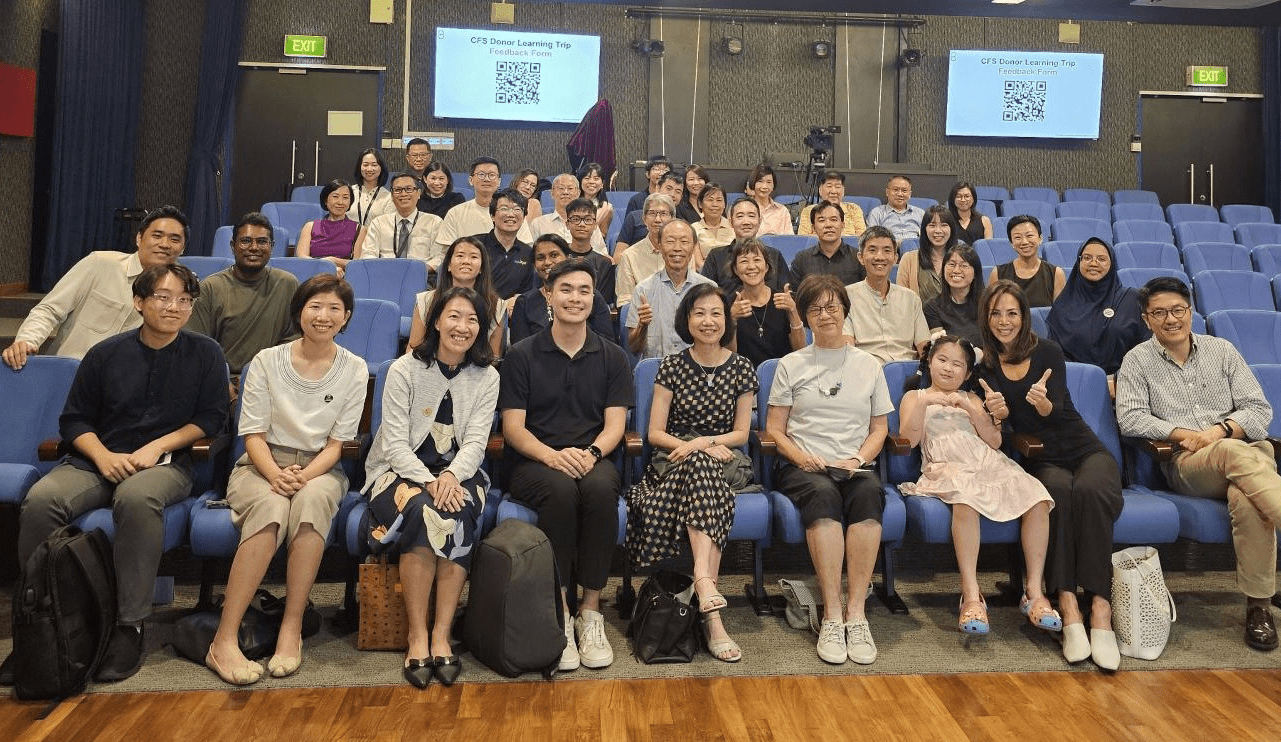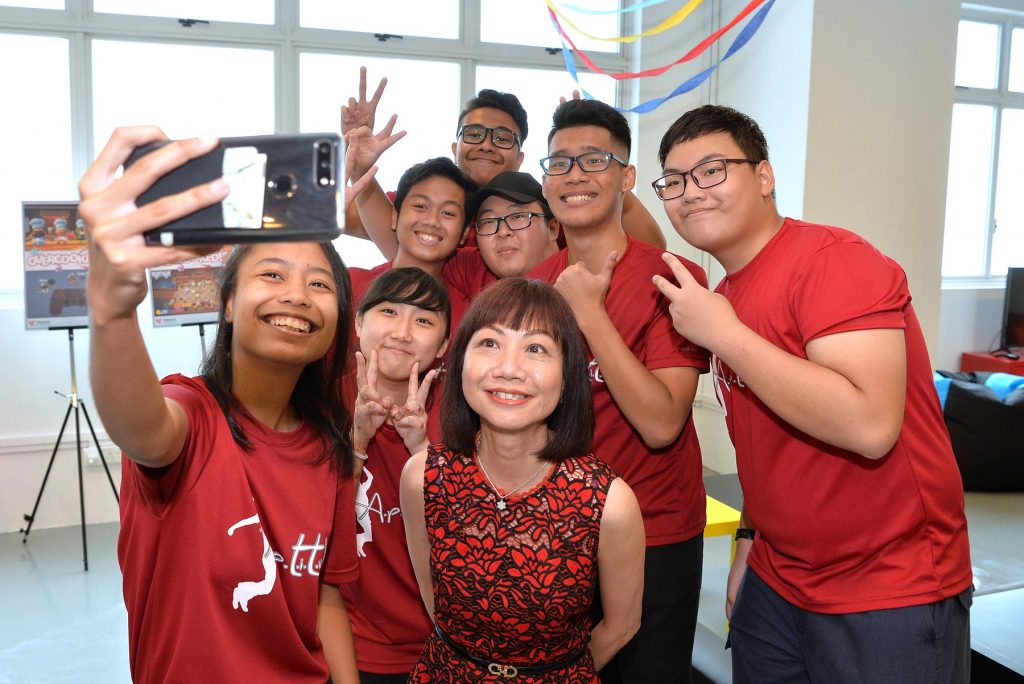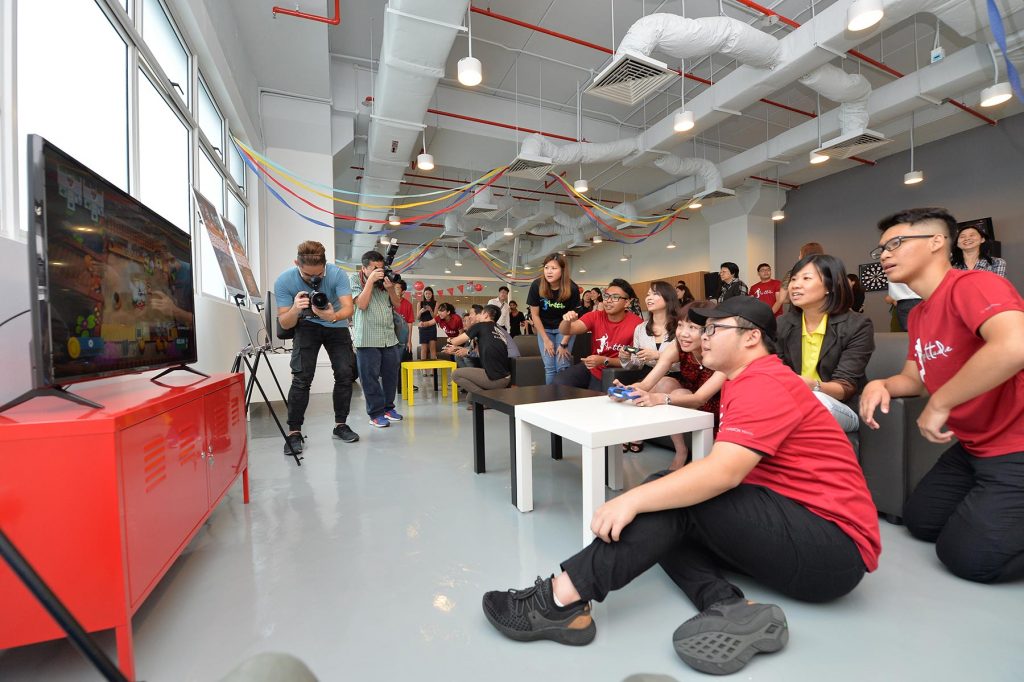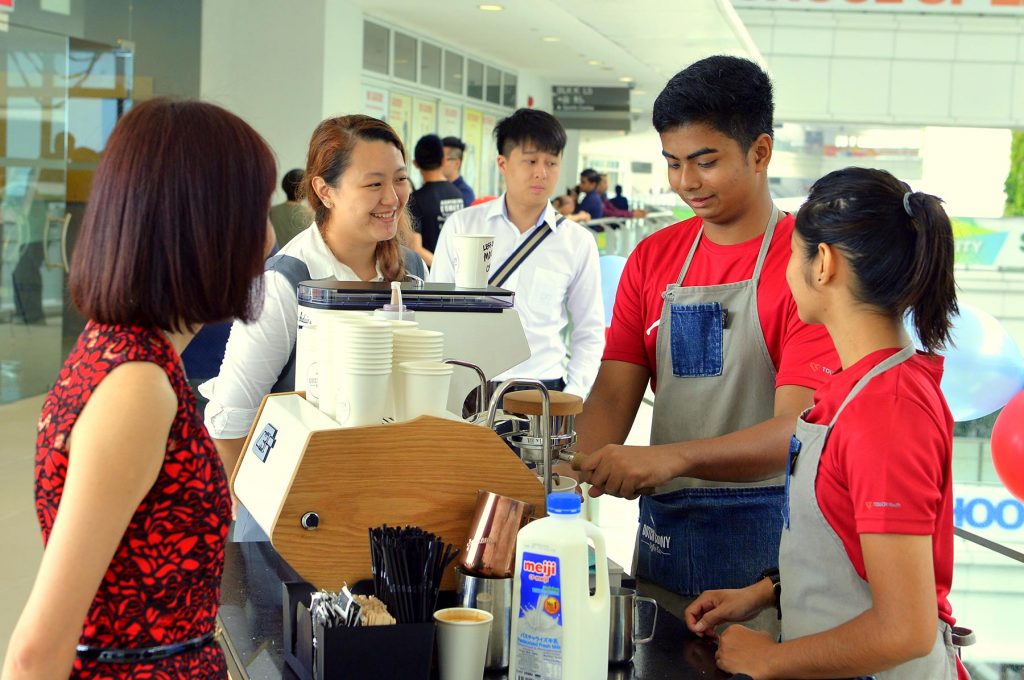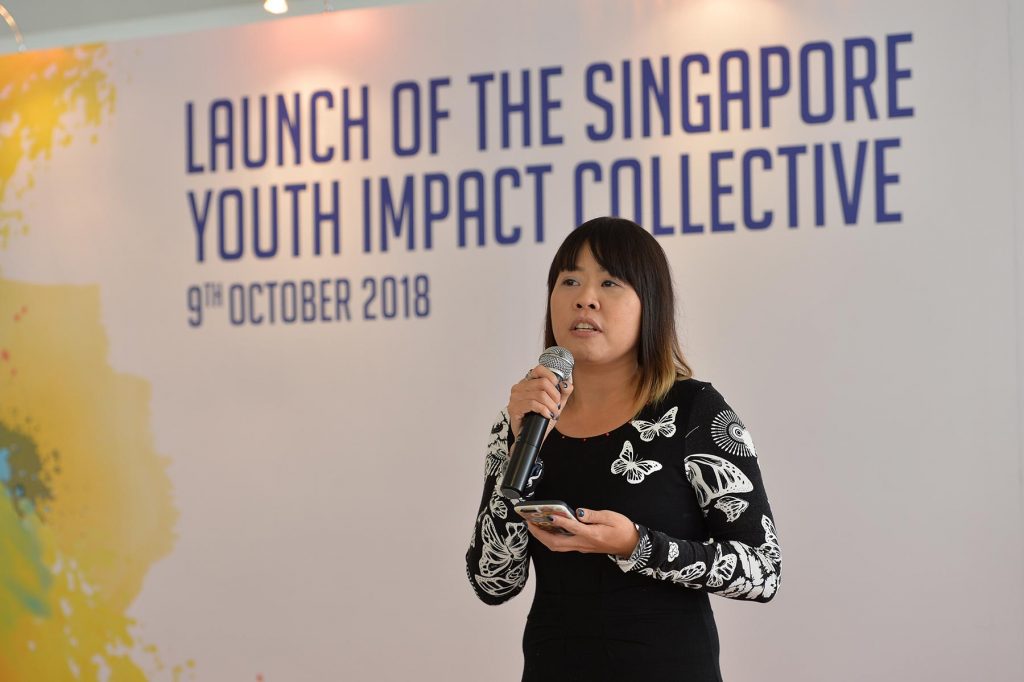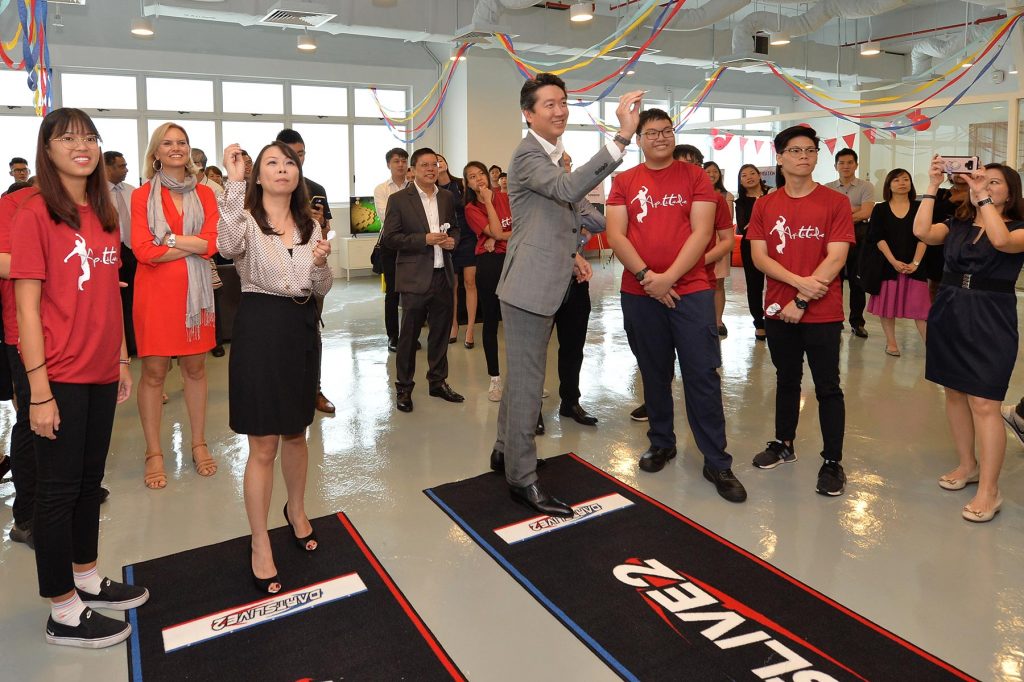Singapore Youth Impact Collective helps youths progress from classroom to working life


Despite the heavy rain on the morning of 9 October 2018, hearty drumbeats and festive excitement filled the air at Level 5 of Block A, ITE College Central.
It was the much-awaited launch of the Singapore Youth Impact Collective, a first-in-Singapore initiative that uses the collective impact model to empower disadvantaged youths to progress more smoothly from the classroom to fulfilling careers.
The Collective also launched two youth empowerment programmes – A.P.T.I.T.U.D.E by TOUCH with a new centre at ITE College Central and Youth Forte by SHINE.
Guests were treated to a rousing performance by ITE College Central’s Brazillian percussion group Batidas Centro whose energetic drumming could be heard even at Level 1.
CFS Deputy CEO Joyce Teo gave a short inspirational speech, saying: “We believe disadvantaged youth have the ability to achieve their maximum potential. We promise that we will work together to improve youth work-readiness by enabling our youth to have the academic and vocational qualifications, personal assets, and opportunities to succeed.”
After the Collective was launched, guests were invited to tour the new centre and try their hand out at its various recreational activities, such as video games and darts.
Students from the Adventure Facilitation interest group were also on hand to demonstrate some outdoor tips while the Barista interest group youths satisfied thirsty guests with the delectable gourmet coffee they had brewed themselves.
The Collective, which comprises Changi Foundation, the Community Foundation of Singapore, Credit Suisse, Octava Foundation, SHINE Children & Youth Services and TOUCH Community Services, was formed when the members recognised the complexity of social issues disadvantaged youths faced and realised that multiple stakeholders needed to work together to find effective ways to help them.
Industry partners who are able and willing to provide opportunities for internships and job immersion experiences for the youthsare invited to contact youthcollective@cf.org.sg to see how they can support these programmes.
Despite the heavy rain on the morning of 9 October 2018, hearty drumbeats and festive excitement filled the air at Level 5 of Block A, ITE College Central.
It was the much-awaited launch of the Singapore Youth Impact Collective, a first-in-Singapore initiative that uses the collective impact model to empower disadvantaged youths to progress more smoothly from the classroom to fulfilling careers.
The Collective also launched two youth empowerment programmes – A.P.T.I.T.U.D.E by TOUCH with a new centre at ITE College Central and Youth Forte by SHINE.
Guests were treated to a rousing performance by ITE College Central’s Brazillian percussion group Batidas Centro whose energetic drumming could be heard even at Level 1.
CFS Deputy CEO Joyce Teo gave a short inspirational speech, saying: “We believe disadvantaged youth have the ability to achieve their maximum potential. We promise that we will work together to improve youth work-readiness by enabling our youth to have the academic and vocational qualifications, personal assets, and opportunities to succeed.”
After the Collective was launched, guests were invited to tour the new centre and try their hand out at its various recreational activities, such as video games and darts.
Students from the Adventure Facilitation interest group were also on hand to demonstrate some outdoor tips while the Barista interest group youths satisfied thirsty guests with the delectable gourmet coffee they had brewed themselves.
The Collective, which comprises Changi Foundation, the Community Foundation of Singapore, Credit Suisse, Octava Foundation, SHINE Children & Youth Services and TOUCH Community Services, was formed when the members recognised the complexity of social issues disadvantaged youths faced and realised that multiple stakeholders needed to work together to find effective ways to help them.
Industry partners who are able and willing to provide opportunities for internships and job immersion experiences for the youthsare invited to contact youthcollective@cf.org.sg to see how they can support these programmes.


